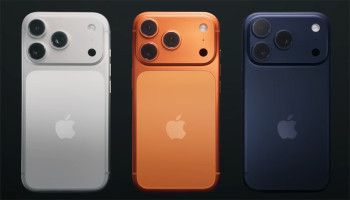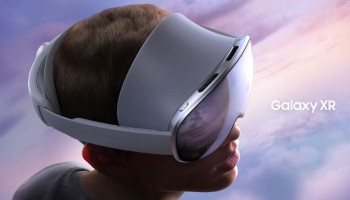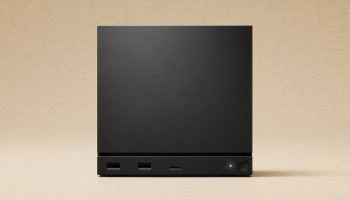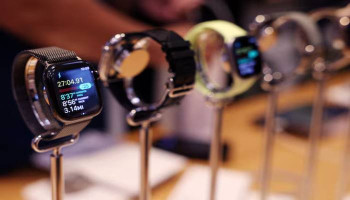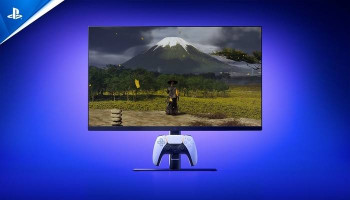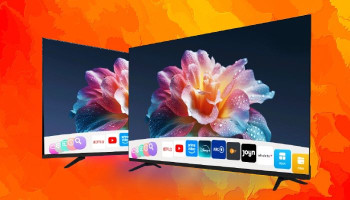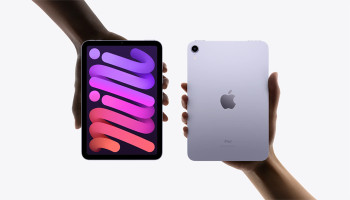
First announced at Google I/O 2021, Project Starline aims to revolutionise video calls by creating a photo-realistic, three-dimensional experience without relying on VR/AR glasses.
This revolutionary 3D video calling system is set to change the way we communicate virtually, making it feel like we are in the same room as the person on the other end.
How does Project Starline work?
Project Starline uses a combination of seven cameras and artificial intelligence to reconstruct 2D videos into 3D. This creates a truly immersive experience, with the display able to sense depth and track your gaze. The result is a virtual interaction that feels remarkably like a personal conversation.
One of the key features of Project Starline is its ability to convey non-verbal cues, such as body language and facial expressions. This makes virtual meetings feel more personal and impactful, allowing participants to connect on a deeper level.
Read more: Google Pixel Watch 3: What to expect from the next-gen smartwatch
In fact, Google studies showed that participants using Project Starline were more active, attentive, and engaged than those using traditional video conferencing. The potential applications of Project Starline are vast.
From remote work meetings to virtual doctor appointments, this technology has the potential to revolutionise the way we communicate in practice. And with Google announcing that it's teaming up with HP to commercialise the technology, we can expect it to be introduced to workplaces and beyond soon.
Moreover, Google claimed that Starline reduces video meeting fatigue by 31%, which helps users feel less exhausted and react to cognitive tasks 12% faster. According to the tech giant, the technology simulates the dynamics of face-to-face encounters by encouraging more natural behaviour and active engagement.





